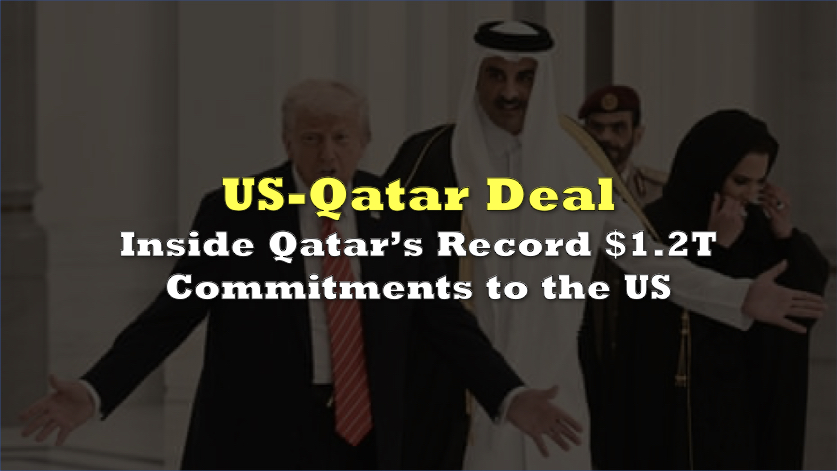The 2022 World Cup — the most popular, heavily attended and even more heavily scrutinized sporting event in the world — began this past weekend in Qatar and runs for four weeks. Many have questioned whether the host country should have been awarded that honor because of its long history of migrant labor and human rights abuses, including, apparently, during the construction of the various World Cup venues across the country.
Skeptics have also posited that members of soccer’s ruling body, FIFA, may have received substantial inducements during the bidding process to host the tournament, which in turn influenced their ultimate hosting decision.
Qatar will receive worldwide media attention during the games, and that will create significant tourist spending. In addition, that attention could result in a longer-term boost to tourism. However, a giant question is why Qatar or any small country would seek to host the World Cup, as the cost to do so is enormous, creating a potentially crippling debt load over the long term.
Specifically, Qatar’s cost to host the sporting event is in the vicinity of a mind-boggling US$230 billion, which includes US$6.5-US$10 billion to build the new stadiums. The bulk of the spending is related to infrastructure construction. In fairness, this spending is also part of the broader “Qatar 2030” plan (hotels, airports, telecommunication infrastructure, a transit system, etc.) to make the country more internationally relevant.
To put Qatar’s record spending in perspective, consider that the country’s 2021 full-year GDP was around US$180 billion. So World Cup-related construction costs, incurred over a ten-year period, will total about 130% of the country’s annual output of goods and services. Also quite noteworthy: when Germany hosted the World Cup in 2006, its costs were only around US$4.3 billion. Brazil’s 2014 hosting tab was US$11.6 billion, and Russia’s 2018 spending totaled just over US$14 billion.
Equally hard to understand for the host country is that FIFA keeps all World Cup-related international TV revenues, plus revenue from ticket sales, hospitality events, and corporate sponsorships. Combined, these proceeds are expected to total US$4.7 billion. About US$1.7 billion of this will cover the operating expenses of the tournament, including US$440 million of prize money to be paid out to the World Cup teams.
So, FIFA should make about US$3 billion on the World Cup, the majority of which it shares with soccer organizations across the globe. Qatar, despite all its spending on venues for the World Cup, receives none of these profits.
Hosting the World Cup will cast Qatar into the world’s spotlight for four weeks in November-December 2022, but it is very difficult to understand Qatar’s hosting decision. The costs associated with this decision seem too high to gain even such intense media attention over a relatively short time.
Information for this briefing was found via FIFA, Bloomberg and the sources mentioned. The author has no securities or affiliations related to this organization. Not a recommendation to buy or sell. Always do additional research and consult a professional before purchasing a security. The author holds no licenses.









